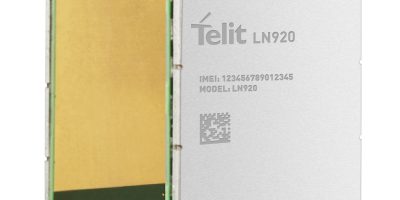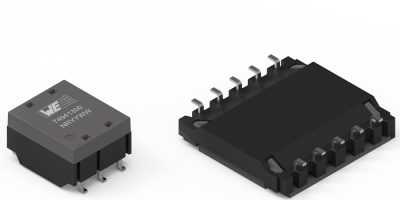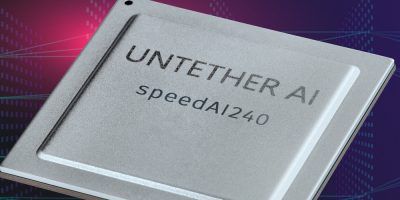Telit’s LN920 LTE data card with an integrated Qualcomm Snapdragon X12+ LTE modem is now available from Rutronik. The compact M.2 form factor measures just 30 x 42 x 2.4mm, making it suitable for laptops, tablets as well as enterprise routers and IIoT gateways.
The LN920 data card has high download speeds of 300 to 600Mbit per second (the Cat. 6 (LN92046-WW) and LTE Cat. 12 / LN920A12-WW respectively). It is also characterised by GNSS positioning. The broad frequency band support ensures it works worldwide, said Rutronik. The distributor offers the LN920 LTE variants Cat. 6 or Cat. 12.
The data card supports all cellular bands between 600MHz and 3.7GHz, including Band 14 (First Responder) and Band 48 (CBRS). This makes it suitable for private and public LTE applications worldwide, confirmed Rutronik. Combined with pre-certifications by regulators and Tier 1 operators in Europe, Australia, the USA, Japan and Canada, the LN920 supports rapid development of global SKU (stock keeping unit) devices.
Maintenance for Telit’s standard 3GPP and custom AT commands are included in both Cat.6 and Cat. 12 variants. The data cards support security features qualified for enterprise applications, such as secure environment SE Linux and secure boot.
Operating temperature range is -40 to + 85 degrees C.
Rutronik Elektronische Bauelemente was founded in 1973 and is an independent family-owned company which claims to be one of the world‘s leading broadline distributors. Rutronik is represented worldwide with more than 80 offices and can guarantee comprehensive customer support including Europe, Asia, and the USA.
The broad product portfolio includes semiconductors, passive and electromechanical components as well as embedded boards, storage and displays, and wireless products. The distributor has automotive, embedded, power and smart divisions offering both specific products and services. The company also provide technical support for product development and design-in right up to the research area, individual logistics and supply chain management solutions.







